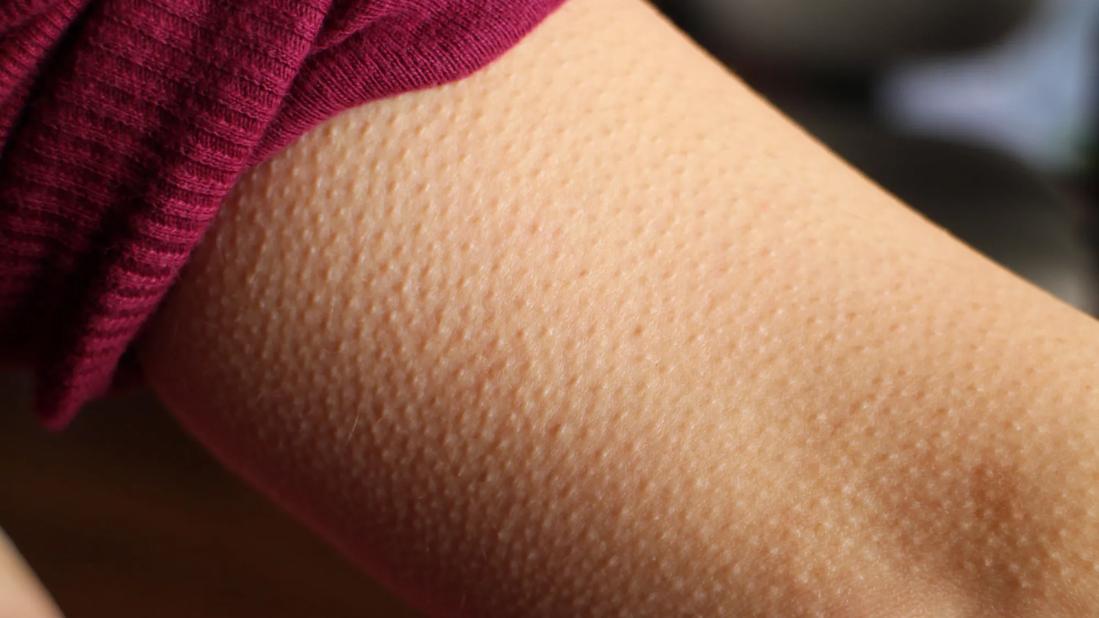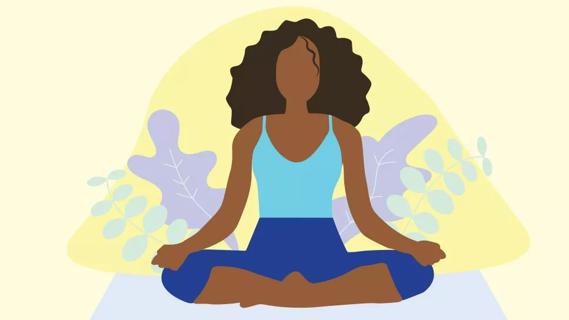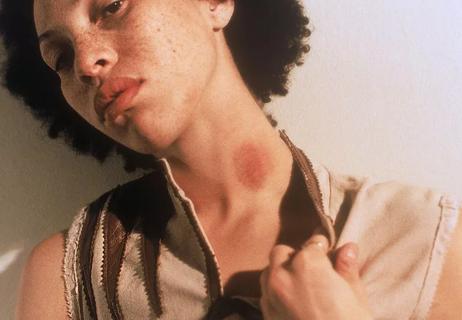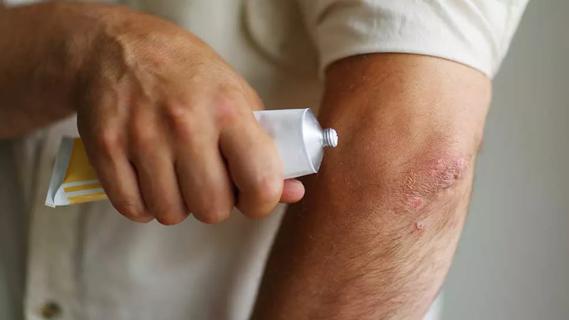They serve little purpose in modern humans, but piloerections keep our furry friends safe and warm

The human body is an incredible thing. At any given moment, it’s performing a ton of complex physiological processes — like breathing and digesting — without the help of our conscious mind. It’s somewhat awe-inspiring.
Cleveland Clinic is a non-profit academic medical center. Advertising on our site helps support our mission. We do not endorse non-Cleveland Clinic products or services. Policy
Then there are goosebumps.
They aren’t awe-inspiring. They’re weird. And they serve little to no purpose. What even are they, really? We talked to family medicine doctor Donald Ford, MD, about this odd reflex, why it happens and whether or not it’s ever indicative of a medical problem.
First things first: Calling them “goosebumps” is false advertising. There are no geese involved. In fact, the condition has nothing to do with poultry at all.
According to Dr. Ford, goosebumps, also known as horripilation or piloerections, occur when your sympathetic nervous system triggers the tiny muscles located at the base of each hair follicle — the arrector pili muscles — to contract. That muscle contraction causes the hair to stand on end.
We call this phenomenon “goosebumps” because the skin takes on the appearance and texture of a bird that’s been plucked. Why geese? Your guess is as good as ours!
For a lot of Millennials, the word “goosebumps” is inextricable from the children’s book series of the same name. It was an appropriate title for stories designed to introduce kids to the horror genre: Fear is one of a surprisingly large number of potential piloerection triggers! Here are a few of them:
“A chilling crime,” “A spine-tingling story,” “A hair-raising experience” … have you ever noticed that we talk about fear as a “cold” emotion? That’s not an accident.
Dr. Ford says that goosebumps are one of the many physiological processes that make up our fight-or-flight response. Over time, humans have evolved to have less hair, so goosebumps aren’t nearly as useful — or dramatic — as they once were.
Think about cats. When they get scared, their hair stands straight up. We might think they look adorable when they puff up, but that’s not how other creatures see it.
“When an animal finds itself in danger, the raised fur coat creates a visual of a bigger animal and may scare off predators,” Dr. Ford explains.
Now imagine Homo habilis — our primitive, hair-covered cousins — walking the earth 2 million years ago. When those dudes’ and dudettes’ hair stood on end, they would have looked pretty … intense. Piloerection helped protect them from predation, making it possible for Homo sapiens (hairless wonders by comparison) to hit the scene several millennia later.
Unfortunately, Dr. Ford says our goosebumps aren’t impressive enough to scare off any would-be predators, but we still get them in response to perceived threats. Those threats are just very different. As best we can tell, Homo habilis never encountered circus clowns in the wild.
Remember how we said all that hair standing on end made Homo habilis look bigger? That was probably helpful for attracting potential mates.
Goosebumps are the original puffer vest!
We’re only sort of kidding. “In animals, hair standing on end creates insulation against the cold,” Dr. Ford explains. If we were as furry as our forebears were, goosebumps would do the same for us.
Research conducted in 2020 found that piloerection does more than just help you stay warm in the short term. If the cold lasts for a prolonged period, scientists say goosebumps can stimulate hair follicle stem cells. Put simply: The goosebumps send the message that it’s time to speed up the hair-regeneration process.
Did your team just win the big game? Are you standing before the Grand Canyon for the first time? Are you about to find out if you got the job? Did you just eat the best meal you’ve ever had?
According to Dr. Ford, being happy, excited, sad, scared, awestruck or angry — experiencing any strong emotion, really — can cause a pilomotor reflex.
Have you ever heard somebody use the word “frisson”? It’s the French word for “shiver,” but we now use the term to describe a much larger concept: aesthetic chills.
Have you ever gotten the chills listening to beautiful music, reading poetry or listening to a particularly inspiring story or speech? That’s a frisson. It’s a psychogenic shiver, an involuntary physical response to stimulation. Not all people experience frissons, but those who do often enjoy them immensely. In that regard, it’s similar to autonomous sensory meridian response (ASMR).
Goosebumps themselves are nothing to worry about. But every once in a while, they can be a symptom.
Do you feel like you have goosebumps all the time? Do you get them in places like your legs, your thighs, your cheeks, your upper arms or … your butt?
Good news: Your butt hasn’t got a mind and emotions of its own. You probably just have a very common skin condition called keratosis pilaris, or KP. Basically, your hair follicles are getting blocked by keratin deposits, which can leave your skin rough, bumpy, dry and red. Luckily, KP is a purely cosmetic concern that’s easily treated.
Chills are a common feature of both generalized anxiety disorder (GAD) and panic attacks. If you find yourself getting chills on a regular basis — especially if they’re accompanied by other symptoms, or happen when you’re under stress — it’s probably a good idea to speak with a doctor.
You’ve probably heard somebody say that they’re quitting something “cold turkey.” It’s likely a reference to the clammy, goose-pimply skin many people experience when they stop using — or significantly limit their intake of — alcohol or certain drugs.
While rare, some people get goosebumps in the lead-up to or during a seizure. This reaction most frequently happens with seizures focused in the left temporal lobe of the brain, which regulates our emotions. For people living with left temporal lobe epilepsy, goosebumps can serve as a helpful warning of an impending seizure.
Dysreflexia is a potentially deadly condition that some people develop in the aftermath of a spinal cord injury. Effectively, your autonomic nervous system — which controls what your body does automatically, like breathing and pumping blood — overreacts to pain. Goosebumps aren’t dangerous, but the most common symptom is a sudden and severe spike in blood pressure.
Goosebumps are a vestigial feature of the human body, meaning that — while they once served an important function, evolution has rendered them unimportant. While there are rare instances when a pilomotor response suggests a medical issue, it’s usually just an outward reflection of surging hormones, big emotions or a literal chill.
Learn more about our editorial process.

A well-balanced diet with anti-inflammatory foods can help reduce flare-ups and severity of psoriasis symptoms

Stress, infections, skin injuries and environmental factors can trigger an onset of psoriasis symptoms

Stick to your treatment plan, but keep your provider updated on any new symptoms or triggers

With repeat injections over time, you may be able to slow the development of new wrinkles

This type of bruise might benefit from warm compresses, but time is really the healing key

Pure cocoa butter can help keep your skin supple, with a subtly delicious scent

Steroids, self-injections and medications can be game changers

This important skin care ingredient helps protect your skin and keep it moisturized

Your metabolism may torch 1,300 to 2,000 calories daily with no activity

A gentle touch in all the right places may help drain your sinuses